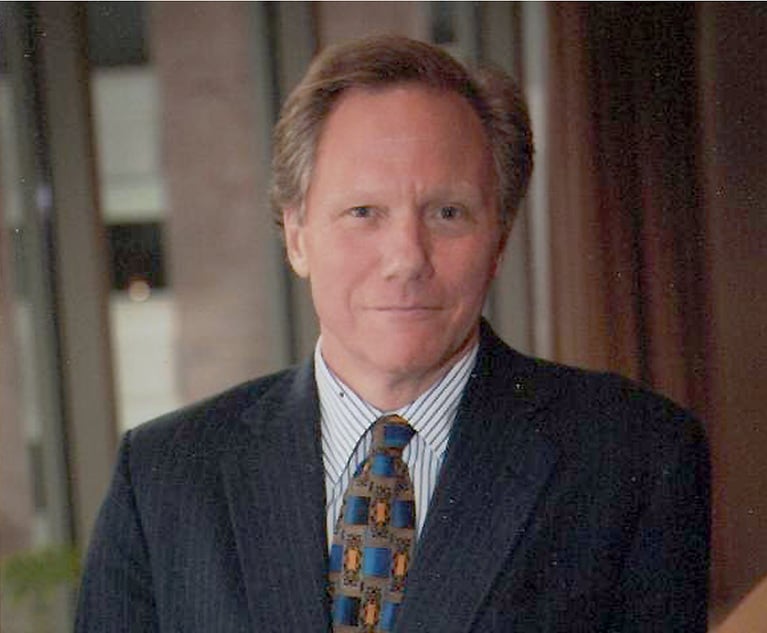The dearth of diversity in the Supreme Court community still lingers. That may explain why court advocates and aficionados scrutinize the “hearing list” that the court releases to the public a few days before each cycle of oral arguments begin.
It lists all of the lawyers who will be at the lectern (aka hearings,) and there is often a rush to see how many of the lawyers are white, male, female or of color.
For example, on Oct. 1, several Supreme Court watchers tweeted about the hearing list at ungodly hours, reporting how many lawyers are arguing, and what their gender or ethnicity might be. Early that morning, SCOTUSBlog’s Amy Howe exclaimed that for the October arguments, 20 lawyers will speak, including seven women, two of whom are from the Solicitor General’s Office.
Later in the day, though, Alan Mygatt-Tauber, a solo appellate lawyer based in Washington state, posted on Twitter a more powerful tally of the lawyers. Instead of mere numbers, Mygatt-Tauber put together a collage of photos of every lawyer scheduled to argue in the October cycle. Viewing facial photos make for an entirely different experience in assessing the cohort of Supreme Court practitioners:
SCOTUS finally released a hearing list for the October sitting. 20 advocates. A surprising amount of diversity, including 7 women and 2 women of color! pic.twitter.com/6BZsLNRWP3
— Alan Mygatt-Tauber (@AMTAppeals) October 2, 2021
Accompanying the photo collage, Mygatt-Tauber reported on Twitter: “SCOTUS finally released a hearing list for the October sitting. 20 advocates. A surprising amount of diversity, including 7 women and 2 women of color!”
The collage of photos includes familiar faces like David Frederick, partner at Kellogg, Hansen, Todd, Figel & Frederick; Jeff Fisher of the Stanford Law School Supreme Court Litigation Clinic; and Neal Katyal, partner at Hogan Lovells. But there are several new advocates as well, including at least one, if not two, women of color: Fadwa Hammond, solicitor general of Michigan, and Tasha Bahal, counsel at Wilmer Cutler Pickering Hale and Dorr.
Mygatt-Tauber, a semiprofessional photographer, has been culling photos of upcoming Supreme Court advocates since the March 2021 sitting. In addition, he has since gone as far back as 2018 for similar collages of advocates for each argument cycle. He finds the photos from law firm websites and C-SPAN snapshots, among other sources.
Why did he undertake this project? In an interview Mygatt-Tauber said that listening to Leah Litman, Kate Shaw and Melissa Murray on their Strict Scrutiny podcast compelled him to use photography to visualize their frequent discussions about the lack of diversity at the high court and elsewhere.
“I was thinking about that, and I felt like it’s one thing to hear these numbers, but photography is such a visual meaning for me,” he said. “Think about the impact that a photo can have, and that a picture is worth a thousand words.”
With photography, he added, “You can really just see how, at the upper echelons, we’re still very white, we’re still very male and we’re still very white male. I think in the last three terms, if memory serves, only one woman of color has argued at the high court. I refuse to believe there’s only one woman of color who’s reached the level where they would be arguing in the Supreme Court.”
He has also done photographic groupings of solicitors general through history, and lawyers who have been invited by the court to argue when one side or the other of a case has backed out. Separately, he also produced a portfolio titled “What a Lawyer Looks Like.”
Kate Shaw, law professor at the Benjamin N. Cardozo School of Law, praised Mygatt-Tauber’s work: “It’s sometimes difficult to effectively translate the court’s work to the public, and I think that’s in part because it’s hard to produce visual stories about the Court. That’s why I think his projects are so valuable—they drive home, through purely visual storytelling, what a small and homogeneous group the justices hear from as they decide issues of tremendous consequence for the entire country.”
NOT FOR REPRINT
© 2024 ALM Global, LLC, All Rights Reserved. Request academic re-use from www.copyright.com. All other uses, submit a request to [email protected]. For more information visit Asset & Logo Licensing.


 Supreme Court building. February 7, 2007. Photo: Diego M. Radzinschi/ALM.
Supreme Court building. February 7, 2007. Photo: Diego M. Radzinschi/ALM.





